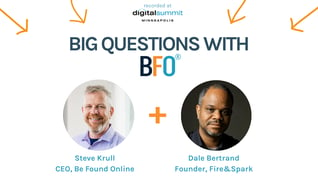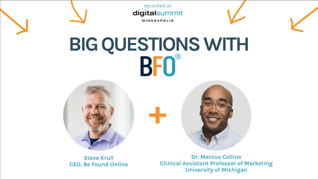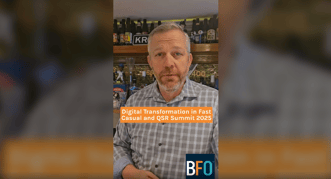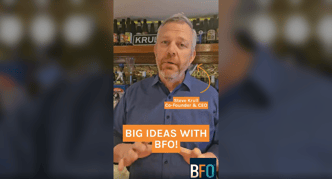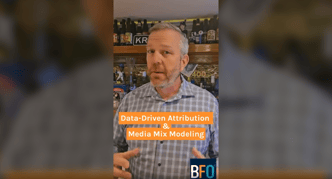What Do Zero-Click Searches Mean for Paid Search?
February 06, 2024
5 Minute Read
The digital landscape is a Cheshire Cat, constantly changing and oftentimes hard to interpret. One of the most recent changes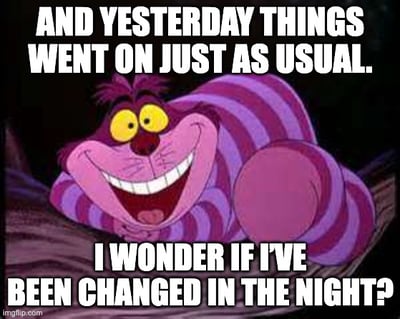 comes in the form of “zero-click searches,” While this may seem like an improvement to user experience, it can be a massive challenge for advertisers relying on paid search campaigns to drive revenue. In order to navigate the ever-changing world of SERPs, first we must understand the impact of zero-click searches on paid search.
comes in the form of “zero-click searches,” While this may seem like an improvement to user experience, it can be a massive challenge for advertisers relying on paid search campaigns to drive revenue. In order to navigate the ever-changing world of SERPs, first we must understand the impact of zero-click searches on paid search.
What are Zero-Click Searches?
Head to Google and type in a question or query that you have. In the search results, you may see the answer to that question without having to click into a site. This is a zero-click search.
The term refers to a type of online search query in which the user obtains the desired information directly from the search engine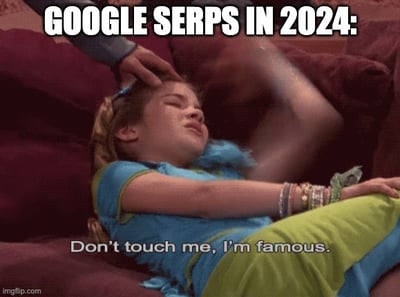 results page (SERP) without having to click on any specific search result. In the context of Google, this often involves the display of featured snippets, knowledge graphs, or other rich snippets at the top of the search results. These snippets provide concise and relevant information, effectively answering the user's query without requiring them to visit any external websites. The goal of zero-click searches is to enhance user experience by quickly delivering accurate information and reducing the need for additional clicks.
results page (SERP) without having to click on any specific search result. In the context of Google, this often involves the display of featured snippets, knowledge graphs, or other rich snippets at the top of the search results. These snippets provide concise and relevant information, effectively answering the user's query without requiring them to visit any external websites. The goal of zero-click searches is to enhance user experience by quickly delivering accurate information and reducing the need for additional clicks.
The Downside of Instant Answers
At its core, paid search thrives on clicks. (That’s why Pay-Per-Click is called Pay-Per-Click. It’s literally in the name.) Businesses bid on keywords with the hope of capturing users’ attention through ad placements on the SERPs. However, the rise of zero-click features like featured snippets, knowledge panels, and direct answer boxes disrupt the SERP behavior patterns we’ve been using and grown accustomed to for years. With answers readily available on the SERPs, users have less incentive to click on paid ads, leading to:
on keywords with the hope of capturing users’ attention through ad placements on the SERPs. However, the rise of zero-click features like featured snippets, knowledge panels, and direct answer boxes disrupt the SERP behavior patterns we’ve been using and grown accustomed to for years. With answers readily available on the SERPs, users have less incentive to click on paid ads, leading to:
- Decreased Click-Through Rates (CTRs): Fewer clicks on ads means lower CTRs, a key metric in paid search performance. This decline directly impacts campaign reach and visibility, and can have a negative impact on bidding and campaign goals: Conversions, CPA, ROAS.
- Higher Cost-Per-Click (CPCs): As competition for clicks intensifies between advertisers we may have to bid more and more to secure top ad positions in search results. This increase in CPCs will squeeze campaign budgets, and decrease campaign ROIs.
- Reduced Brand Awareness: Without ads, without the opportunity to differentiate ourselves from our peers, brand exposure shrinks. This further hinders brand awareness building efforts, making it even harder to stand out in an already crowded space.
Adapting Paid Media Campaigns to the New Landscape
As the landscape continues to shift and new solutions develop, it’s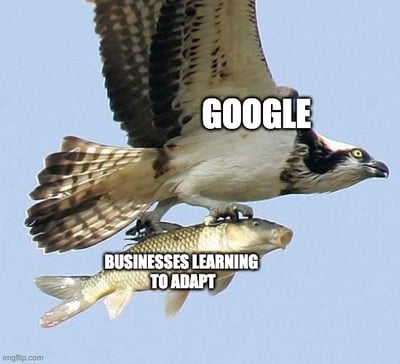 important to think about these components of your paid media campaigns:
important to think about these components of your paid media campaigns:
Long-Tail Keywords
Utilizing longer, more specific keywords with lower search volume may lead to higher conversion rates, as users searching for detailed information are more likely to click on ads that are reflective of your products and services. Talk to your SEO team and see what they’re doing and “borrow” some keywords from them for your Search campaigns. And don’t forget to build out negative keywords! The last thing you want is an increase in impressions and junk clicks for irrelevant queries.
Maximize Ad Formats
Search, Pmax, YouTube, Discovery, Shopping - If it works for your brand, you should be doing it! Visual formats like image and video ads allow you to capture attention and stand out on a crowded SERP. Break away from text-heavy copy and ensure that wherever visual assets can be used, you’re using them. Strong visuals, whether in ad copy, or by using your brand logo, can pique user interest and drive clicks. Don’t forget about Sitelinks, Callouts, and Structured Snippets for your Search campaigns: These not only allow you to show additional content, value, and relevance, they also help to push competitors further down the SERP.
Improve Your Ad Copy
Keyword matches Ad Copy matches Landing Page. Your goal is to maximize your relevance to users’ searches, ensuring that your ad copy and landing pages address users’ needs and offering a compelling reason for users’ to click on your ad. Landing pages tailed to specific keywords can help increase the likelihood of users visiting your site and converting. Be sure to include differentiators between you and your competitors, as well as measurable benefits (Cost-Savings/Price, Success Rate, Barrier to Entry) to entice users to engage with your ads.
Smart Bidding
Google's automated bidding tools allow you set goals at the campaign-level to Target CPA and ROAS, optimizing your bids based on your goals. These strategies can help you to maximize your ROI, as well as reduce your CPCs, even in cases of lower CTRs.
Monitor Performance & Optimize
Continuously (and closely) monitor your performance at individual campaign levels and pivot your strategies based on data insights. This can mean shifting budgets away from keywords with high impression and low clicks, as well as adjusting bids at the audience, geo, or demographic level, in order to improve ROI. Don’t limit yourself to just using the Google Ads UI, there’s a wealth of information in GA4 that will help you to understand the relationship between all of your marketing efforts, whether Search, SEO, Social, or Programmatic, and how each plays a role in driving site traffic as well as revenue.
Where to from Here?
The increase of zero-click searches is not the end of paid search. Rather, it’s another evolution of the search results that we must navigate. In understanding the impact and pivoting strategies based on what we as marketers can control, we can adapt and thrive regardless of however many more updates Google throws at us. As with most things, it’s about balance: In this case, the balance between optimizing for clicks and leveraging the visibility offered by SERP placements.
thrive regardless of however many more updates Google throws at us. As with most things, it’s about balance: In this case, the balance between optimizing for clicks and leveraging the visibility offered by SERP placements.
Ultimately (and this won’t ever change), our success lies in our ability to provide and show genuine value to users, regardless of how many clicks our ads get. So, get your house in order, maintain control of what you still can control, assess and refine your strategies, and most importantly: Don’t be afraid to ask for help. Whether you’re a decades-long veteran, or managing your first PPC campaign, we can all learn from one another and grow together.
You can reach me at curtiss@befoundonline.com. Until next time!
Things Move Fast - Keep Up With Our Monthly Newsletter!

Curtiss Gulash
When Curtiss is not being a Brewmeister, brewing amazing craft beers at Big Cat Brewing Company, in Cedar, Michigan, he is BFO’s Paid Media Team Lead with a specialty in marketing automotive brands. Curtiss is known for his super-human energy and loves taking a project from start to completion. He understands the world of digital media through and through and manages to juggle multiple curveballs, be a terrific team player, and a super coach to his staff.
CATEGORIES
SUBSCRIBE TO OUR BLOG
Stay up to date with the latest industry best practices in digital marketing!























.png?width=339&height=179&name=Webinar%20Banner%20(1).png)



.png?width=339&height=179&name=July%20Webinar%20(Newsletter).png)

.png?width=339&height=179&name=Webinar%20Banner-April-02%20(1).png)
%20(4).png?width=339&height=179&name=Webinar%20Banner-May-02%20(1)%20(4).png)




.png?width=339&height=179&name=March%202023%20Webinar%20Ad%20(autoresponder).png)


















































